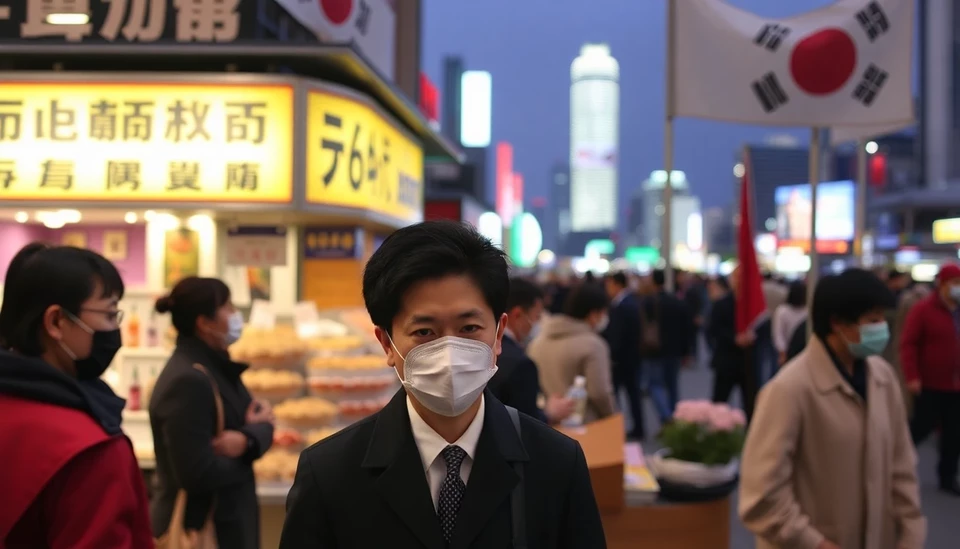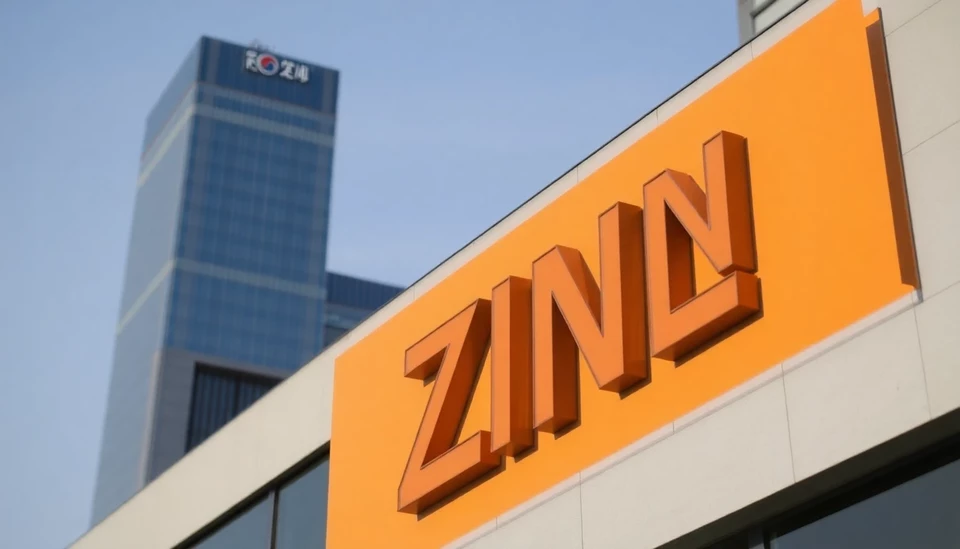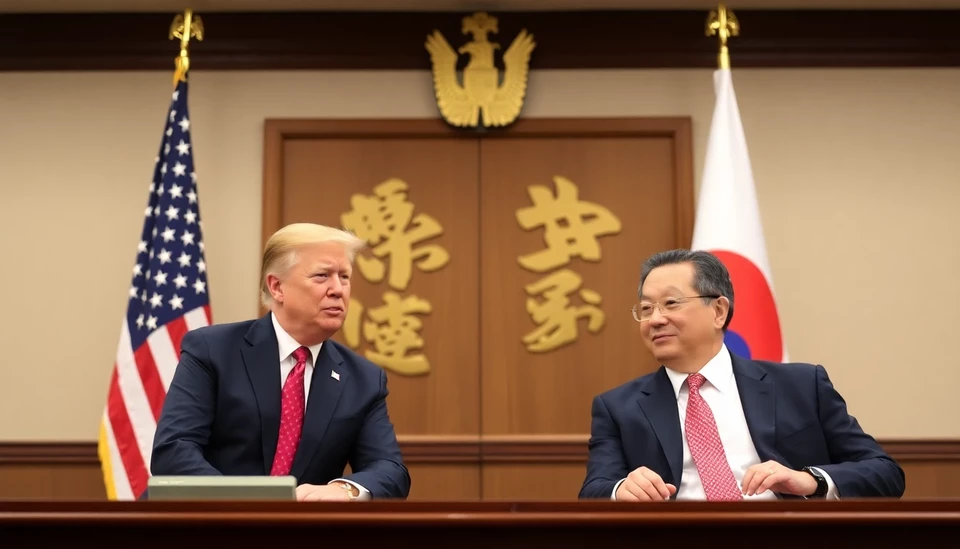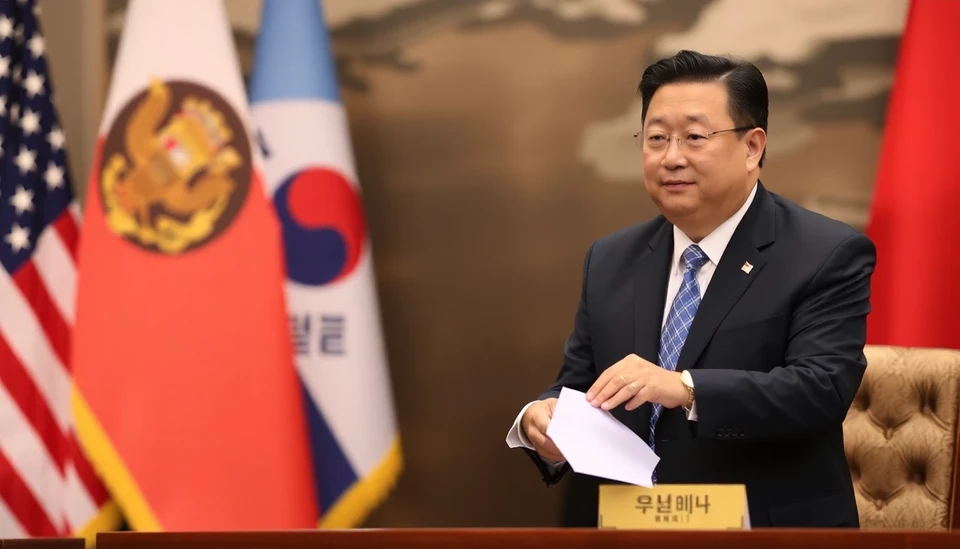
In recent years, the South Korean plastics industry has been grappling with significant challenges as China rises as a formidable competitor in the global market. This shift has prompted the giants of South Korea’s plastic sector to reevaluate their strategies and operations.
Historically, South Korean companies like LG Chem and Hanwha Solutions have dominated the production of key plastic materials such as polyethylene and polypropylene. However, the landscape is changing rapidly as Chinese manufacturers increase their capacity and enhance their offerings, creating a challenging environment for their South Korean counterparts.
One of the primary issues facing South Korean firms is the substantial investment made by Chinese companies in state-of-the-art facilities. By leveraging advanced technology, lower labor costs, and governmental support, Chinese plastics manufacturers have managed to produce goods at a lower price point, thereby posing a significant threat to South Korean exports.
Furthermore, the global demand for sustainable plastics has shifted the focus towards eco-friendly production methods. South Korean companies, while innovative, have seen their progress slowed due to the immense pressure to adapt quickly to these evolving market trends. As competitors implement new practices faster, South Korean plastics giants often find themselves playing catch-up.
To counteract these challenges, some South Korean firms are investing in research and development to innovate their product lines and improve sustainability measures. However, the resource allocation required for such advancements can stretch their finances thin, compounding the pressures they face from foreign competition.
The market dynamics are prompting some firms to explore partnerships and mergers as a means of consolidating resources and expertise. Collaborations may facilitate the sharing of technology and distribution networks, ultimately enhancing competitiveness against rising global players.
As the struggle continues, industry experts are closely monitoring the situation. They suggest that adapting to the challenges posed by China's expanding plastics sector could define the future of South Korea's own manufacturing capabilities.
In summary, while South Korea’s plastics giants are rich in experience and have a strong market presence, the emergence of Chinese competitors has sparked a need for strategic innovation and partnerships. The coming years will be crucial for these firms as they navigate an increasingly competitive global landscape.
As the industry evolves, stakeholders will hope to see a resurgence in growth and a renewed commitment to sustainability and technological advancement among South Korean companies.
#SouthKorea #PlasticsIndustry #ChinaCompetitor #MarketChallenges #Innovation #Sustainability #Manufacturing
Author: John Harris




